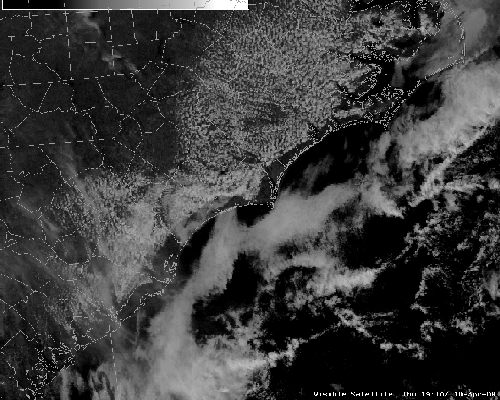Escaping from the heat is on the minds of many this time of year, even with the mild summer that we have had in 2013. The two locations that come to mind when trying to keep cool are the mountains and the beach. The mountains make sense: higher elevations mean cooler temperatures. But why the beach? Is it the water or the slower pace of life that draws us to the beach when temperatures back home get unbearable? Or is it the constant breeze that we feel when we are there that makes the sun and surf so delightful?
Have you ever noticed that during the daytime when you are facing the water at the beach, the wind is always in your face? This may seem peculiar to you, as it seems logical for wind to change direction rather than come consistently from the same direction. Believe it or not, what you are experiencing is physics! The continuous breeze you feel during the day is caused by a large temperature difference between the land and the sea; since the breeze is coming from the ocean, we call it the sea breeze.

This nice wind is persistent along the coast in the warmer months of the year and is responsible for much of the weather and climate at the beach during these months. This breeze brings cooler, moister air on shore during the day, slowing down warming and keeping the area more mild than most inland areas. With abundant moisture from the ocean and atmospheric instability from the sun’s energy already present along the coast, it should come as no surprise that the sea breeze triggers thunderstorms along the coast in the mid-afternoon. Indeed, the thunderstorms and rain associated with sea breezes contribute as much as 40% to the summertime precipitation.
At night, the solar energy absorbed during the day is released, cooling the ocean slower than the land. Over time this leads to the ocean warming up during the summers months. This makes sense when we remember that the water is much warmer at the end of August than it is at the beginning of May, even though the days are just as long. Towards August and September the ocean is holding onto enough heat that the difference between the temperatures of the ocean and the land are no longer very large, so the mechanics that cause the sea breezes are weaker. So the sea breeze is usually strongest in late spring and early summer, and weak by late summer.
With all that in mind, to ensure a wonderful day at the beach complete with sunshine, warm waters and a nice sea breeze, head down in the next couple of weeks before the sea breeze gets put to bed until next year!